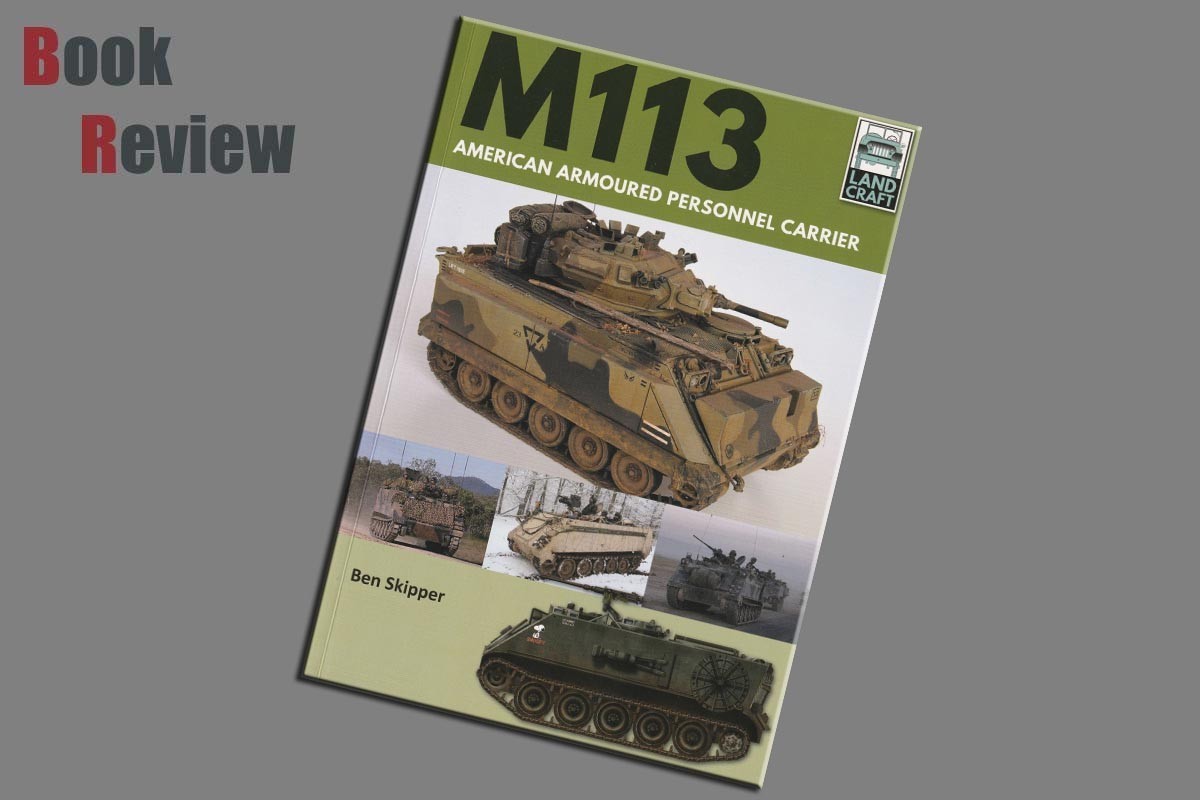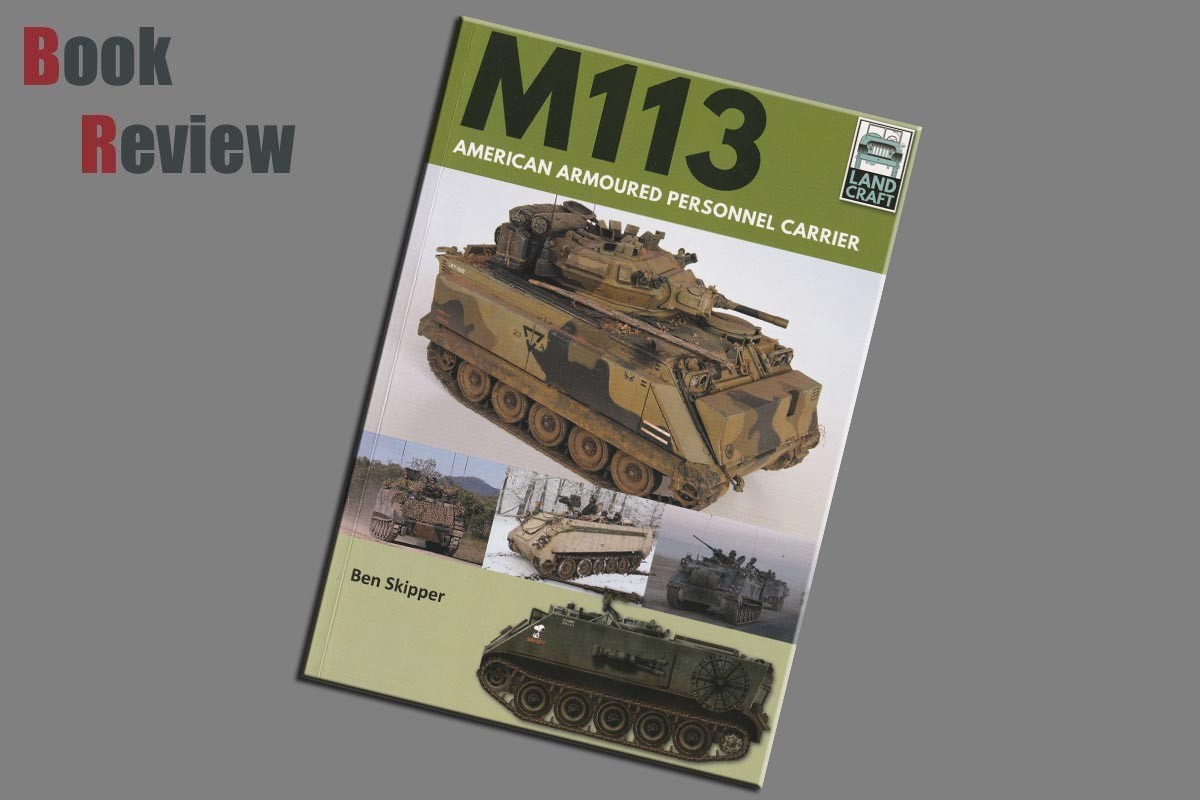
Introduction
This offering from Pen and Sword as part of their Land Craft series looks at the M113 American Armoured Personnel Carrier and so covers perhaps the most widely spread vehicle of its type. These books are I feel an attempt to offer the modeller a combination package covering both reference on the vehicles and a look at the models and items available to replicate the M113in various of its service life designs as a scale model.
Review
This offering from Pen and Sword is authored by Ben Skipper; Ben Skipper has authored a few of the books in this series and so is likely to become a well know writer of these titles. This is a soft backed book with a good card cover protecting 64 pages of semi gloss paper. The contents of this title are laid out as follows:
Introduction
Development and Design
M113 in Detail
In Service and in Action
M113 Variants
Camouflage and Markings
Model Showcase
Modelling the M113
Covering theM113 in a book of this size is an ambitious undertaking as the vehicle has served as everything from its original purpose as an Armoured Personnel Carrier (APC) to a mobile anti aircraft system. In addition to this the M113 has served with many countries to the present day. I remember seeing these in news reels on the telly during service in Vietnam as a child, and only the other day saw some being moved up by Israel in their current conflict. Ben Skipper has taken the task head on and presented the reader with a well balanced look at a true warrior, even today.
It needs to be remembered that the M113 had a number of numerical designations and names for that matter, but the chassis proved to be very practical and formed the basis of many a vehicle. Ben Skipper takes a look at these in the variants section and opens the eyes of the reader who has a limited knowledge of how widely spread this vehicle was and is for that matter. The M113 in Detail section was a disappointment to me as it is far too short to be of great use, a pity as this would have been of benefit to the modeller.
The section that covers a number of M113 in a number of set ups presents the reader with multi-angle views in a drawing format and designed to show the M113 from the front, rear, top and left side. I like that the author has chosen to stick with vehicles here that show the standard M113 and its progression through history and so a far visual guide to its life line.
The modelling section of this title is I am pleased to see at the end of the book and not in the middle if another chapter, this keeps the book tidy and easy to read rather than jumping about. The vehicles covered in the modelling section are:
M113A1 MVR, B Squadron, 2nd Cavelry Regt, Australia, 1/35th scale, by Brian Richardson
M113A1 MVR, Australian Army, 1990’s, 1/35thscale, by Federico Collada
M113A1, 11th Cavalry, Blackhorse Regt, Operation Fargo, Long Binh, Vietnam 1967, 1/35th scale, by Ben Skipper
M113A1 FSV, 3rd Cavalry Regt, Royal Australian Armoured Corps, Vietnam 1971, 1/35th scale, by Brian Richardson
The after market and kits available is limited in scope here, but it gives a taste of what is out there for those interested.
Conclusion
The M113 is instantly recognised by most modellers and this book is covering a big subject with a limited number of pages. I like and approve of most of the content in this title with 2 exceptions; I would have liked more to be shown in the walk around and the models are Australian turreted versions except for one. The rest of the book is pleasing in what is covered and I like that the presentation has not been broken in its layout by inserting a section between those that belong together.

